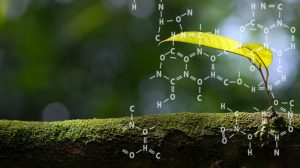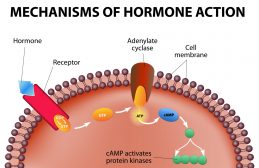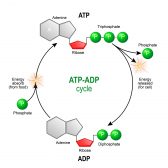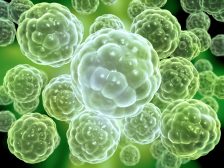Definition
noun, plural: progestogens
A steroid hormone that is activated by the binding to the progesterone receptor, and whose function is primarily pregnancy maintenance and the preparation of mammary glands for lactation after giving birth
Supplement
Progestogen is one of the major classes of sex steroids (or sex hormones) of vertebrates, including humans. Other sex steroids include androgens and estrogens. Progestogen derived its name from progestational based on one of its main functions, which is pregnancy maintenance. Nevertheless, progestogens are present as well during estrous and menstrual cycle.
Progestogens have a basic 21-carbon structure referred to as pregnane, as opposed to other sex steroids such as estrane (basic 18-carbon structure) in estrogens and androstane (basic 19-carbon structure) in androgens.
Other endogenous progestogens are 16α-hydroxyprogesterone, 17α-hydroxyprogesterone, 20α- and 20β- dihydroprogesterone, 5α- and 5β-dihydroprogesterone, etc. These are important metabolites of progesterone.
Progesterone is an example of progestogen. It is a natural progestogen that is synthesized in the corpus luteum. It acts as an antagonist of estrogens. Its function is to promote the proliferation of uterine mucosa and the implantation of blastocyst. It is also prevents further follicular development.
Progestogens can be produced synthetically and be used as a medication for gynecological disorders. It is also used as an oral contraceptive. Progestin is a synthetic progestogen.
Variant(s):
- progestagen
Also called:
See also:







